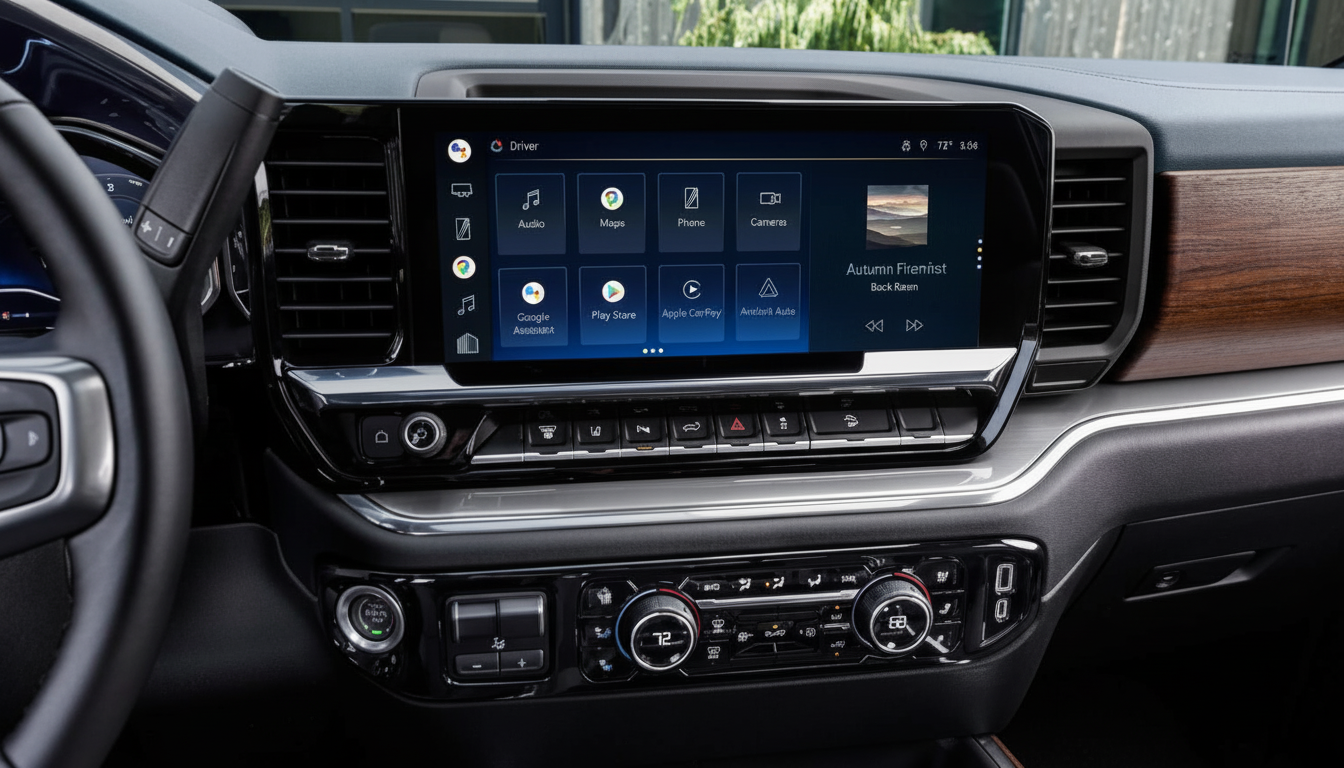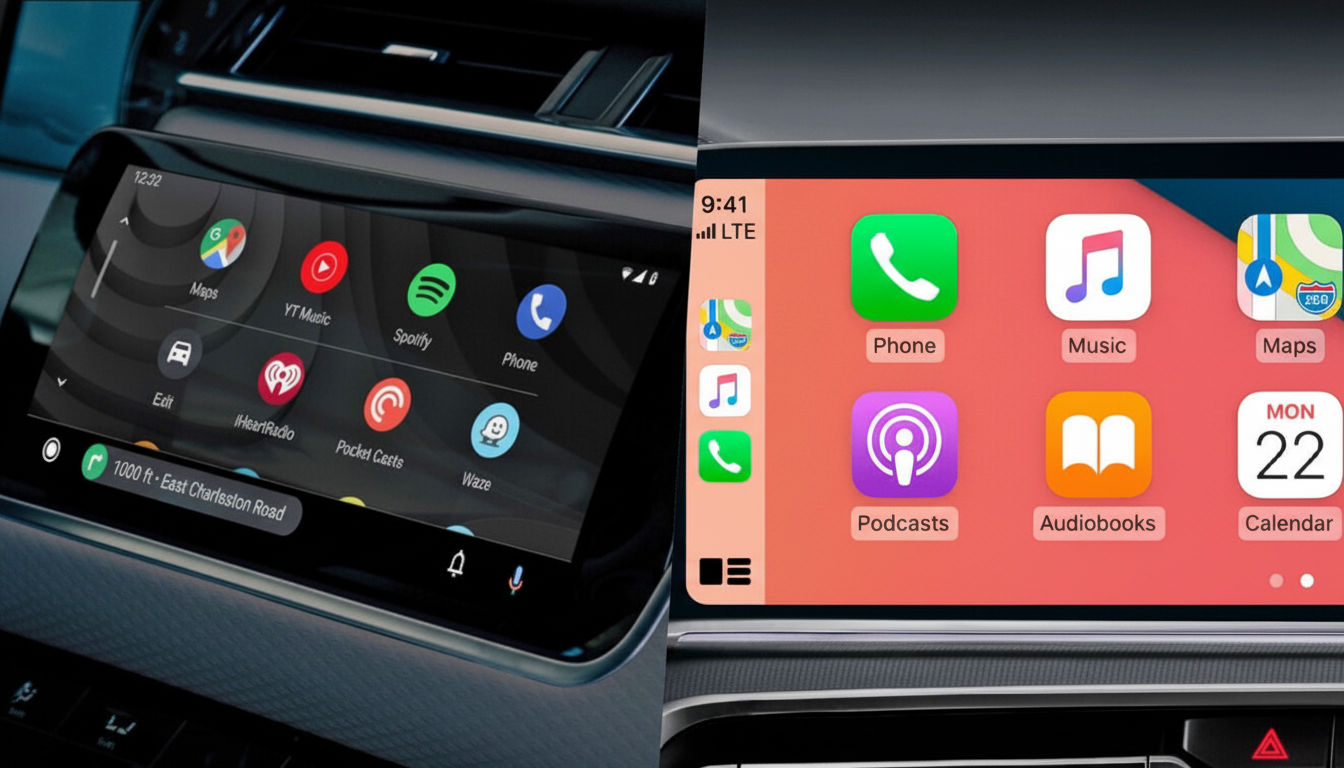General Motors has waded into the confusion around smartphone projection, saying that Android Auto and Apple CarPlay will be available in its current gasoline vehicles for years to come. That clarification allays immediate fears that the company would tear Android Auto and Apple CarPlay out of the fleet posthaste as it moves to a proprietary infotainment stack.
What GM actually said about Android Auto and CarPlay
In a statement sent to tech press, GM said it’s not doing anything to current automobiles and that Android Auto and CarPlay will remain in the same combustion models with which it has flooded the market. That fits with company habits of the past: when automakers phase out a feature, they generally do so as new platforms are introduced rather than eliminating it retroactively in cars already on the road.

The clarification eases the timeline suggested by earlier comments of GM leadership. In an interview with The Verge, CEO Mary Barra confirmed that the company’s future rollouts would all be on a diverging course from third‑party phone projection. The latest communication now indicates the full transition will wait for its new centralized vehicle computing platform.
GM’s path toward a unified, integrated infotainment platform
Google and GM are working on an in‑house infotainment experience that relies more on deeper system integration, with planned Google Gemini‑powered voice, navigation, and contextual help features.
Supporting that ambition is an integrated electronics architecture that promises heavier compute, faster over‑the‑air updates, and a closer connection between dash and vehicle systems.
According to industry reports, this will see a gradual introduction, with the centralized platform due to make an appearance on the Cadillac Escalade IQ first, then filter down to wider GM portfolios. That date, referred to as later in the decade, suggests a smartphone projection sunset as a multi‑year transition rather than a switch they will flick overnight for gas models.
Why drivers should care about keeping phone projection
One of the most popular in‑car features is smartphone projection. Apple said that CarPlay is available in 98 percent of new cars sold in the United States, and J.D. Power’s infotainment studies consistently show that owners value Android Auto and CarPlay, in part because they mirror familiar apps and limit learning curves.

For everyday driving, that convenience means dependable maps, real‑time traffic updates, messaging, and podcasts without having to use a bunch of different ecosystems. Taking away projection could be a deal‑killer for people who want to use Google Maps or Waze on the dash and don’t trust automaker app stores.
What This Means If You’re Buying A GM Vehicle
If you are purchasing a current GM gasoline model, the company says Android Auto and CarPlay stay. Current owners, however, don’t need to worry about their vehicles depreciating via a software update. But some of GM’s newer EVs have already come to market without smartphone projection, so shoppers should consult each model’s spec sheet and test out the native interface.
GM says its path allows for more extensive integrations, like energy‑aware routing and embedded Google services—along with voice assistants that can control additional vehicle functionality. Upside? More potential for features; the trade‑off is that in doing so the automaker gets end‑to‑end control over the cabin experience—also with some data, privacy, and subscription strategy cross‑wiring.
How GM’s strategy fits broader automotive software trends
GM’s strategy follows larger industry trends. Tesla has never backed Android Auto or CarPlay, and it bet on building a vertically integrated software stack. Mercedes‑Benz and others are developing generative AI assistants. Car manufacturers see the potential for ongoing revenue and better user retention in owning the interface than by ceding control to smartphone makers.
For now, the practical takeaway is simple: nothing happens overnight for GM’s gas‑fueled vehicles. Android Auto remains as the company prepares to go live with its central compute platform. With the average age of a vehicle in the U.S. now more than 12 years, according to S&P Global Mobility, today’s clarification buys GM some time to completely re‑architect its infotainment from the ground up without driving away today’s buyers.

